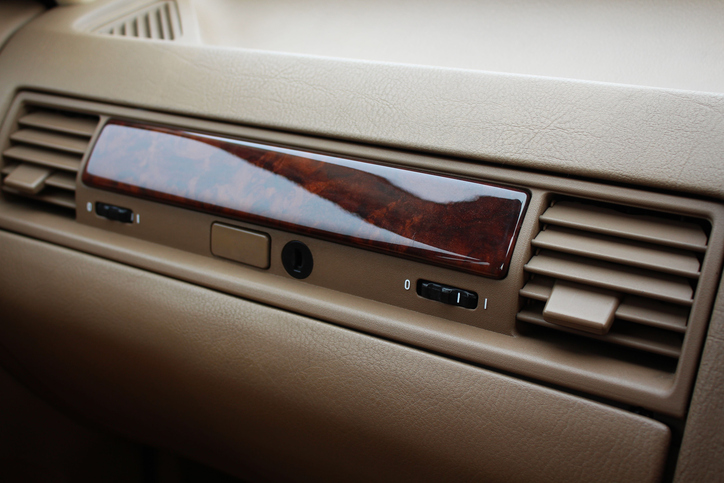Aspiring Auto Service Writers Might Enjoy the Stories Behind These 3 Oddly-Named Car Parts

It’s easy to forget that cars have been around for well over 100 years at this point. Though there have been huge improvements to their capability and safety over that time, that doesn’t mean everything has changed. Some of the words we continue to use for cars are rooted firmly in years long gone, and probably wouldn’t have the same name if we were to start naming car parts from scratch today.
Want to learn a little more about the origins of some weirdly named car parts? Here’s a little history lesson!
The Dashboard Arose Because Carriage Drivers Had the Need for Speed
In the very old days, when people were getting around with carriages, going fast could be pretty unpleasant. Running into a puddle, for example, could lead to water and muck splashing up and onto occupants, soaking them for their long ride.
The solution: a “dash board,” which was just a board across the front of the buggy that would shield people inside the carriage from stuff that was thrown up when the horses were at a dash. The design changed as carriages were replaced by cars and the dashboard became home to useful things like air bags and speedometers. The name, however, didn’t change and has stayed on as a strange reminder of a different time.

Because of all the sensors and advanced materials in modern dashboards, they can be very expensive to replace—especially compared to the low-tech dashboards of old. In your future career as an auto service writer, you can expect to cost replacement dashboards at $1,200 to $2,000.
Grads Starting in Auto Careers Might Not Know the Sad Story Behind Mansfield Bars
A much more recent automotive part gets its name from a tragedy involving a 1960s movie star. The “Mansfield bar,” found on big rig trucks, is a horizontal bar that is low to the ground, and is designed to prevent a car from slipping underneath the truck in the event of a collision. In an accident in 1967, Jayne Mansfield’s car did just that, killing her and two passengers instantly. It took until 1998 for the bar to become mandatory for all big rig trucks, but it is now an important safety element on trucks.
It’s difficult to get an accurate estimate for replacing Mansfield bars, but it’s likely they cost somewhere in the range of $1,500 to $2,000. While professionals in auto careers hopefully won’t need to replace too many of these, the somewhat heavy cost is no doubt justified by the lifesaving potential of this part.
Pros in Auto Careers Know the Glove Compartment Was Once the Place to Put Gloves
The modern driver is spoiled by the materials used for steering wheels, like suede or hard plastic. Back in the very old days, steering wheels were often made from metal or wood, and drivers’ hands could get very cold or hot holding them during long drives in extreme temperatures.
To help keep their hands cozy, drivers wore driving gloves, which allowed them to enjoy a level of comfort while they were on the road. Recognizing the need for drivers to place these gloves somewhere other than the seat, manufacturers started including a locking “glove box” in cars. Over time, it became more common to refer to this box as the “glove compartment.”

People don’t usually wear gloves to drive anymore, so today’s glove compartments are mostly used for a car’s registration and manual, and whatever random knickknacks a driver decides to stash in their car.
Do you want to begin a career as an automotive service writer?
Visit Automotive Training Centres to learn more about our training program!

